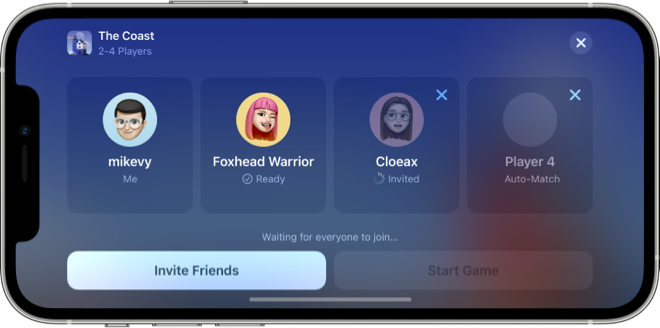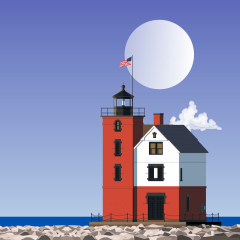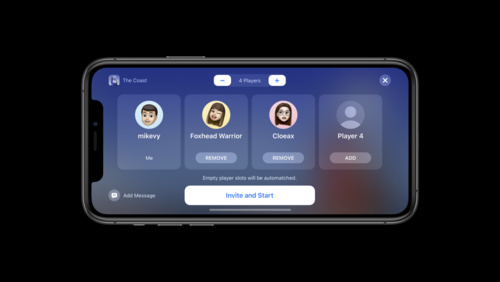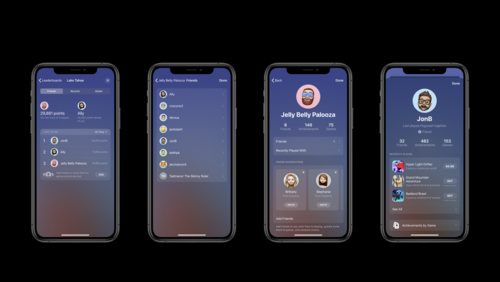- Platforms
- Foundations
-
Patterns
- Overview
- Accessing private data
- Charting data
- Collaboration and sharing
- Drag and drop
- Entering data
- Feedback
- File management
- Going full screen
- Launching
- Live-viewing apps
- Loading
- Managing accounts
- Managing notifications
- Modality
- Multitasking
- Offering help
- Onboarding
- Playing audio
- Playing haptics
- Playing video
- Printing
- Ratings and reviews
- Searching
- Settings
- Undo and redo
- Workouts
-
Components
- All components
- Content
- Layout and organization
- Menus and actions
- Navigation and search
- Presentation
- Selection and input
- Status
- System experiences
- Inputs
-
Technologies
- All technologies
- AirPlay
- Always On
- App Clips
- Apple Pay
- Augmented reality
- CareKit
- CarPlay
- Game Center
- HealthKit
- HomeKit
- iCloud
- ID Verifier
- In-app purchase
- Live Photos
- Mac Catalyst
- Machine learning
- Maps
- Messages for Business
- NFC
- Photo editing
- ResearchKit
- SharePlay
- ShazamKit
- Sign in with Apple
- Siri
- Tap to Pay on iPhone
- Wallet
Multiplayer
Game Center supports real-time and turn-based multiplayer functionality. When you adopt Game Center’s full-featured UI, you can provide a familiar and consistent matchmaking experience. In particular, you can offer the built-in player picker view, which helps players find people for a match without leaving your game. The built-in picker view can list system-suggested contacts, Game Center friends, and players who have recently participated in non-auto-matched games.

When you adopt Game Center multiplayer functionality, you can use the system-designed multiplayer UI or present the information within your custom UI. Although the Game Center multiplayer UI supports the ability to send invitations to a player’s contacts, GameKit doesn’t provide API that lets you offer this functionality in a custom multiplayer UI.
Provide an unambiguous button that lets players access the multiplayer lobby. If your game supports a multiplayer experience, clearly display this option in your game’s main menu screen. For best results, use the term “Multiplayer.”
Provide a rich preview image to customize a Messages-based invitation experience. If players can use Messages to invite other people to a match, supply an image that represents your game to help customize the experience. Create an image that measures 480x480 pt (960x960 px @2x), name it GKMessageImage.png, and add it to your game’s asset catalog.








